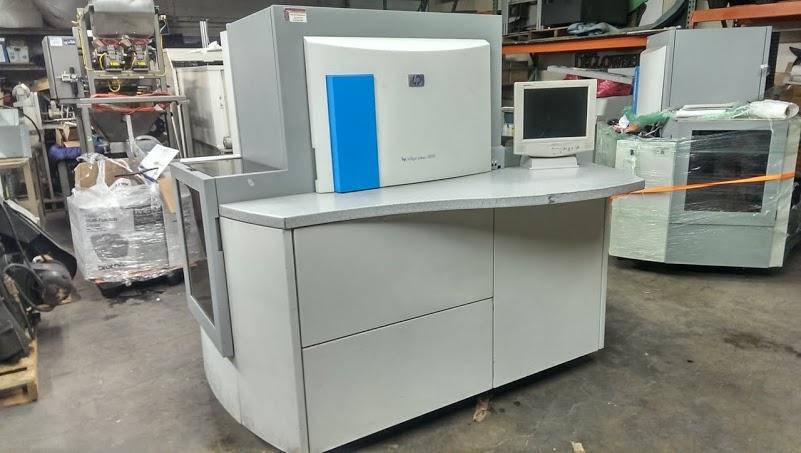To be sure, the dynamic world of digital printing has come a long way since its inception. Steeped in history, it’s a story of innovation and technological evolution that continues to reshape the print industry. This article aims to explore the significant milestones in its history, spotlighting innovations that have revolutionized this sphere. Whether you’re a print enthusiast or a tech guru, understanding the advancements in digital printing technology provides a fascinating perspective on this digital revolution.
The Birth of Digital Printing
The origins of digital printing trace back to the late 20th century, coinciding with the advent of personal computing. However, it wasn’t until 1993 that the first high-speed, high-volume digital color press – the Indigo E-Print 1000 – was unveiled by Benny Landa at IPEX. This event is often viewed as the genesis of digital printing.
Evolution of Digital Printing Technology
As we moved into the 21st century, advances began accelerating at a remarkable pace. Laser printers and inkjet printers became household staples, transforming how businesses and individuals could reproduce documents and images.
A breakthrough came in 2001 with the Xerox DocuColor iGen3, a digital production press that dramatically improved printing speed and quality. This technological marvel redefined commercial printing and facilitated the rapid printing of high-quality, variable data.
Innovations
In the recent decade, the innovations have been game-changing. Here are a few that have reshaped the industry:
- Direct-to-Garment Printing (DTG)
DTG printing has revolutionized the fashion and apparel industry, allowing for highly detailed, full-color designs to be printed directly onto garments. Unlike traditional screen printing, there’s no need for screens or complex color separation, making it ideal for small, custom orders.
- 3D Printing
From automotive parts to personalized medical devices, 3D printing has broadened the scope of what can be achieved through this technology. Basically, this innovation enables the production of complex three-dimensional objects from a digital file, layer by layer.
- Nanography
Invented by Benny Landa (the same innovator who launched the first digital color press), Nanography is a groundbreaking printing technology that combines the high-speed production of offset printing with the flexibility of digital printing. It uses nano-pigments that yield a sharper, more vibrant image quality.
- UV LED Printing
Another innovation is the UV LED printing uses ultraviolet lights to dry or cure ink as it’s printed. This innovative technology offers several benefits, such as environmental sustainability, increased productivity, and the ability to print on a wide range of surfaces.
Looking to the Future
As we navigate the wave of the digital revolution, it’s clear that the history of digital printing is far from over. With the ongoing advances in AI, machine learning, and IoT, the print industry is ripe for further transformation. It promises to be an exciting future filled with unexplored potential.
From its humble beginnings in the late 20th century, digital printing has become an integral part of our world. It influences industries and drives innovation. As we continue to journey through the history, one can only anticipate what thrilling innovation is just around the corner. To learn more, read our blog: Timeline of Printing Technology Advancements

